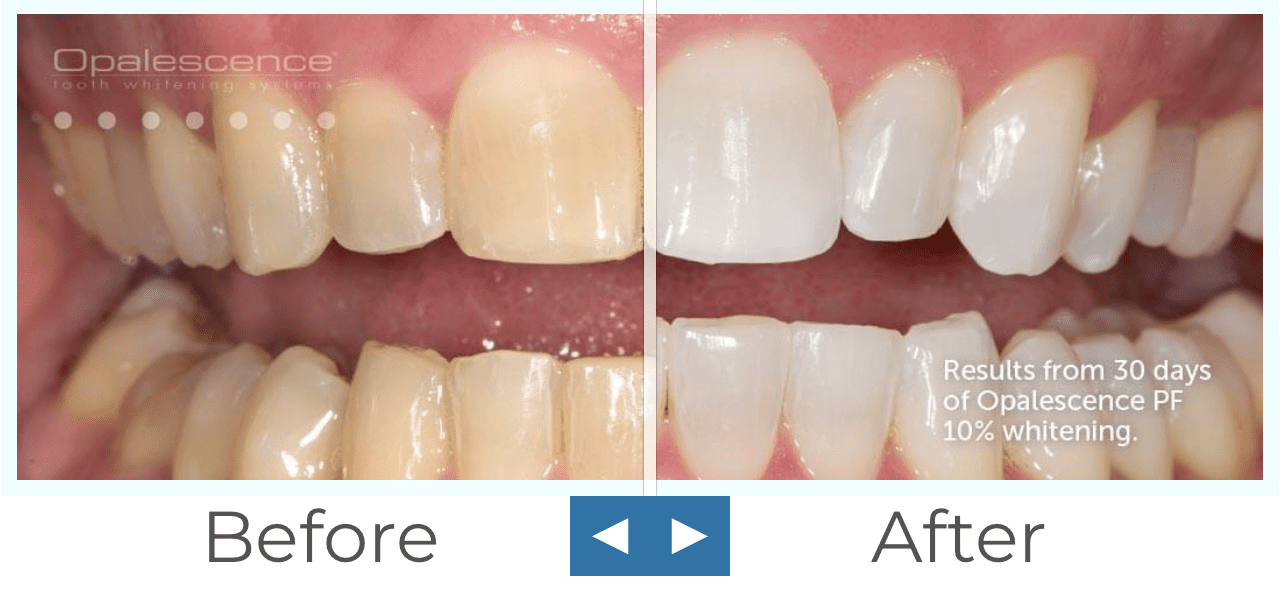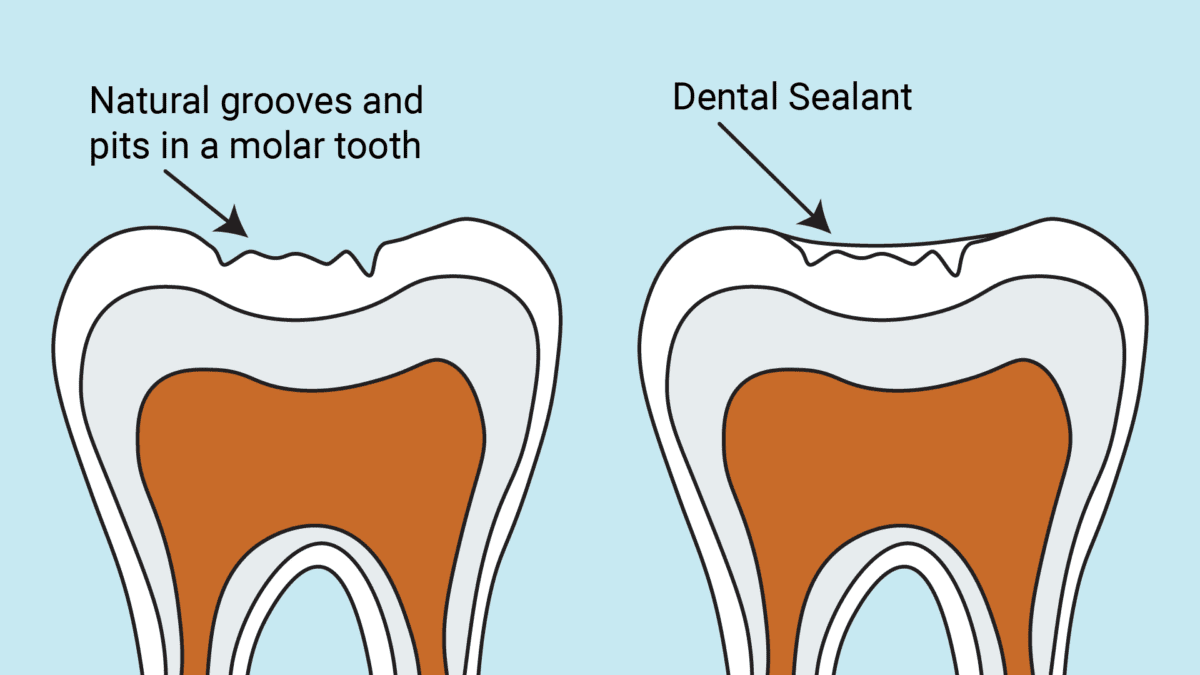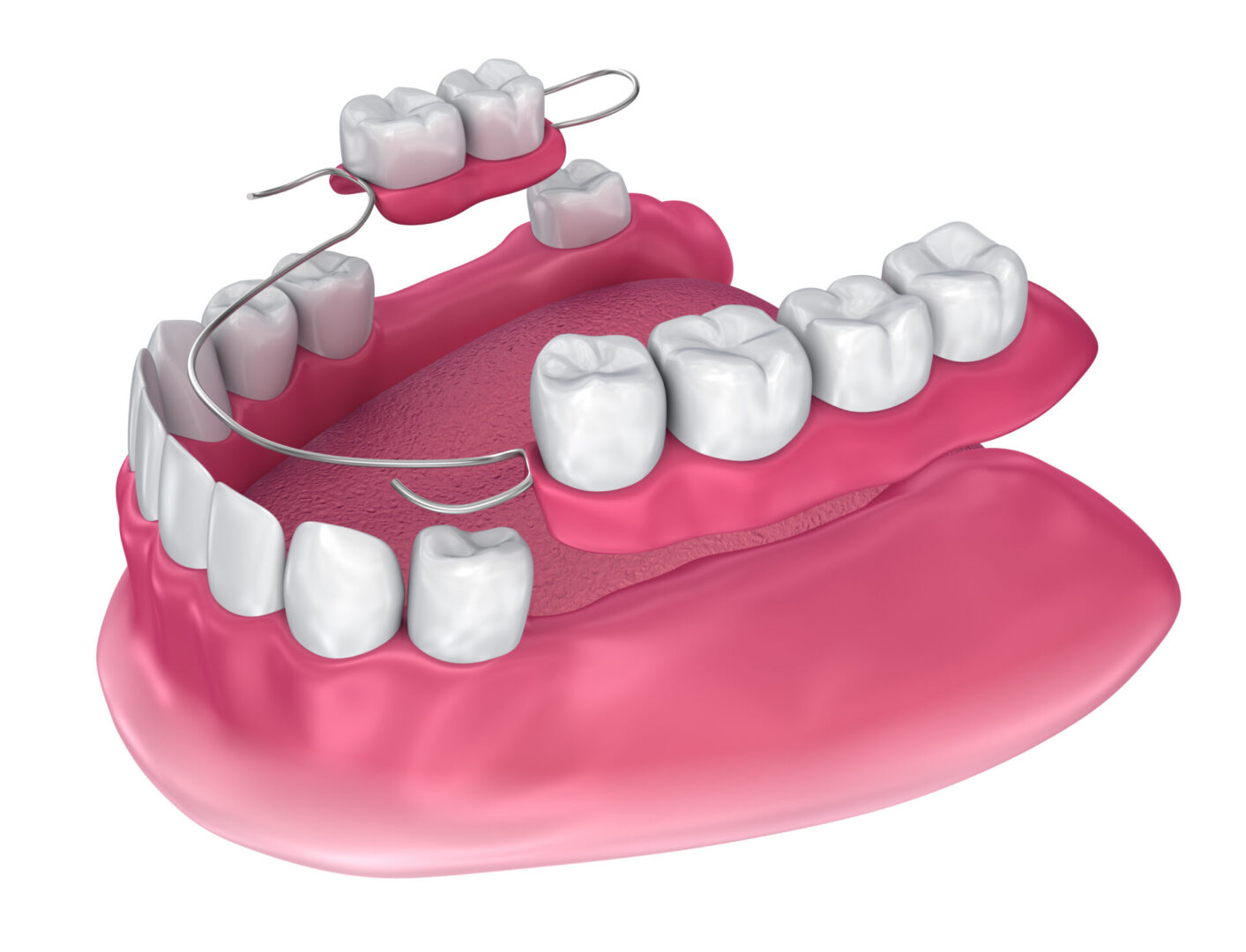Explore the Dental Care Solutions We Offer
What Is a Dental Crown?
A dental crown is a tooth-shaped "cap" that is placed over a tooth to cover the tooth to restore its shape, size, and strength, and improve its appearance. The crowns, when cemented into place, fully encase the entire visible portion of a tooth that lies at and above the gum line. Crowns are needed when teeth are cracked or broken.


What Is a Dental Bridge?
Dental bridges literally bridge the gap created by one or more missing teeth. A bridge is made up of two or more crowns for the teeth on either side of the gap — these two or more anchoring teeth are called abutment teeth — and a false tooth/teeth in between. These false teeth are called pontics and can be made from gold, alloys, porcelain, or a combination of these materials. Dental bridges are supported by natural teeth or implants.
What Are the Benefits of Dental Bridges?
Teeth Whitening
Want a brighter smile? When it comes to tooth whitening, you've got two options: in-office teeth whitening or at-home trays. There are also pros and cons for each one. Ask us for more information.


Porcelain Veneers
Veneers are wafer-thin custom-made shells of tooth colored porcelain designed to cover the front surface of your teeth to improve the appearance of your smile.
What Types of Problems Do Dental Veneers Fix?
Sealants
Sealants are a thin coating painted on the chewing surfaces of teeth that prevent tooth decay. The sealant quickly bonds into the depressions and grooves of the teeth, which protects the enamel of each tooth.
Why Get Sealants?
Although thorough brushing and flossing can remove food particles and plaque from smooth surfaces of teeth, they cannot always get into all the nooks and crannies of the back teeth to remove the food and plaque. Sealants protect these vulnerable areas from tooth decay by "sealing out" plaque and food.
Who Should Get Sealants?
Because of the likelihood of developing decay in the depressions and grooves of the premolars and molars, children and teenagers are obvious candidates for sealants. However, adults without decay or fillings in their molars can also benefit from sealants.


Partial Dentures
A removable partial denture usually consists of replacement teeth attached to a pink or gum-colored plastic base, which is sometimes connected by a metal framework that holds the denture in place in the mouth.
Partial dentures are used when one or more natural teeth remain in the upper or lower jaw. Not only does a partial denture fill in the spaces created by missing teeth, but it also prevents other teeth from changing position.
Extractions
Although permanent teeth were meant to last a lifetime, there are reasons why tooth extraction may be needed. A very common reason involves a tooth that is too badly damaged from trauma or decay to be repaired.
Risk of infection is also another reason to have teeth removed. If your immune system is compromised (for example, if you are receiving chemotherapy or are having an organ transplant), even the risk of infection in a particular tooth may be reason enough to pull the tooth.


Scaling and Root Planing
Scaling and root planing is one of the most effective ways to treat gum disease before it becomes severe. Scaling and root planing cleans between the gums and the teeth down to the roots. Your dentist may need to use a local anesthetic to numb your gums and the roots of your teeth.
Invisible Braces / Clear Aligners (Invisalign or Smilers)
Clear aligners (such as Invisalign or Smilers) are orthodontic devices that are a transparent, plastic form of dental braces used to adjust teeth.


Botox and Dermal Fillers
Botox and dermal fillers are used to prevent change to your face/smile and provide a refreshed look. Botox can be used for teeth grinding and a “gummy” smile. Fillers can be used for thin lips, a “gummy” smile, or unwanted lines around the mouth.
Fillings
A filling is used to treat a small hole or cavity in a tooth. To repair a cavity, we remove decayed or damaged tooth tissue and fill the space with a tooth colored filling material.


Immediate Dentures
Immediate dentures are complete dentures inserted on the same day, immediately following the removal of natural teeth. You shouldn't have to wait several weeks for your mouth to heal after your tooth extractions – or feel self-conscious for an additional month while your dentures are being made.
Implant Restorations
A dental implant restoration is a form of teeth replacement that involves an implant, abutment and artificial tooth (restoration/crowns). The implant is a surgical post that is positioned into the jawbone above or below the missing tooth or teeth. It essentially serves as the root of the restoration.


Mouthguards
These appliances help protect your teeth from the effects of grinding and clenching. They may also reduce the effects of TMJ disorders. You can wear this type of mouthguard any time,
night or day, But because most people grind or clench their teeth during sleep, it's common to wear them at night. (Some people refer to these appliances as night guards.) We make this type of mouth guard to fit your exact dental anatomy. Because they're designed to fit your teeth, they tend to be more comfortable than store-bought mouthguards.
